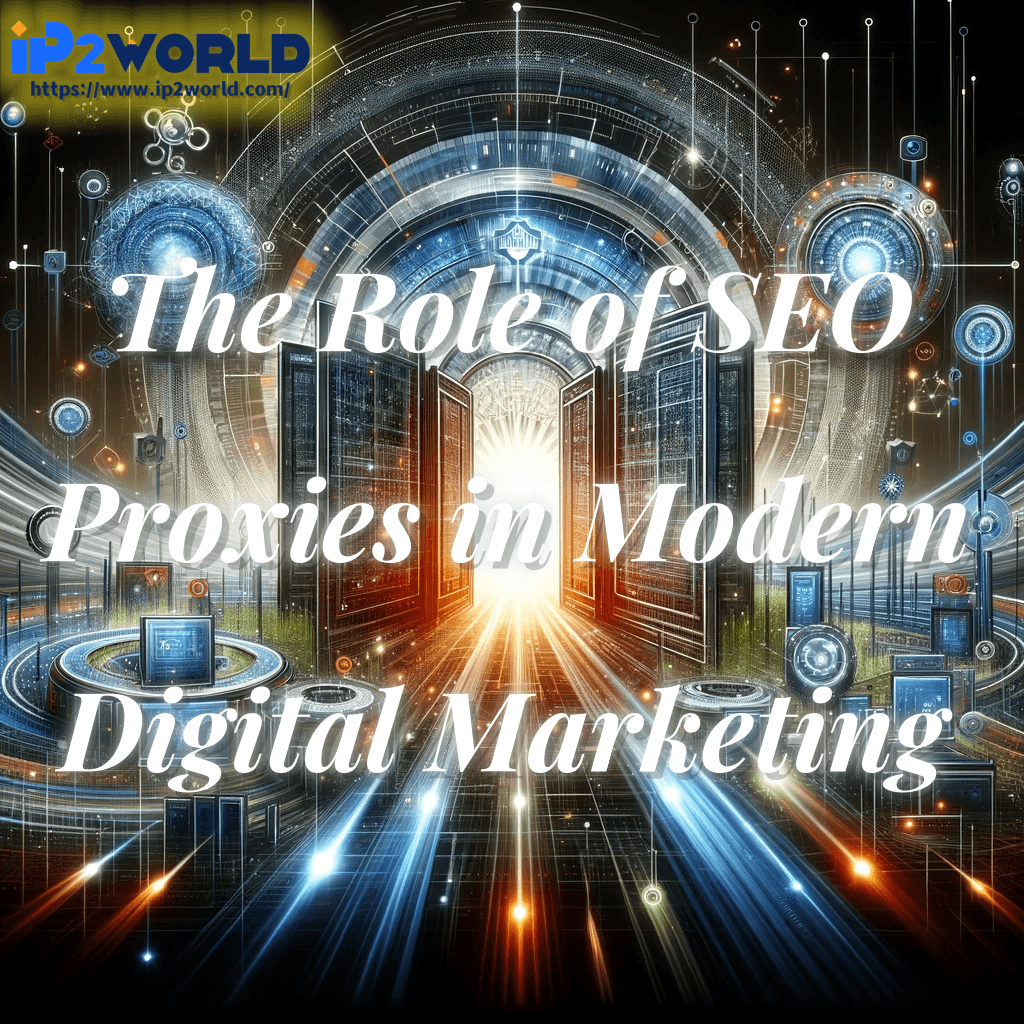I. Introduction In recent years, the digital landscape has witnessed a seismic shift in the realm of social media content. As we step into the dynamic year of 2023, it becomes abundantly clear that the evolution of social media content is not just a passing trend; it's a profound transformation that shapes how we communicate, engage, and connect. This article delves deep into this evolving landscape, exploring the intricate tapestry of content formats and strategies that have come to define the social media ecosystem. II. Short-Form Video Dominance: Riding the Viral Wave In recent years, short-form video has surged to claim its throne as the undisputed monarch of social media content. Platforms like TikTok and Instagram Reels have not only risen but soared to unprecedented heights, capturing the attention and fascination of audiences worldwide. The statistics alone are enough to make anyone pause in awe, with billions of users actively scrolling through these bite-sized video gems on a daily basis. The phenomenon of short-form video has left an indelible mark on how brands, regardless of their size, engage with their target audiences. These platforms have introduced a novel way of storytelling – one that requires brevity, creativity, and a keen understanding of what captivates the modern digital consumer. The Allure of Immediacy:At the heart of short-form video's dominance lies its inherent appeal: immediacy. In an era where attention spans are shrinking faster than ever, these platforms offer a unique opportunity to convey messages, showcase products, and tell captivating stories in mere seconds. The digital age has ushered in a new era of impatience, where users crave instant gratification and entertainment. Short-form video caters to this desire impeccably. Diverse Content Possibilities:The versatility of short-form video knows no bounds. From entertaining tutorials that teach viewers something new in seconds to behind-the-scenes glimpses that humanize brands, the canvas is expansive. Brands can engage their audiences through humor, emotions, or sheer awe in the span of a few heartbeats. It's the perfect medium for showcasing products in action, providing a sneak peek into company culture, or even sharing quick tips and life hacks. Brands have found ingenious ways to leverage this format, often turning everyday moments into memorable and shareable content. The Viral Element:One of the defining characteristics of short-form video dominance is the potential for content to go viral. A single video, if captivating enough, can spread like wildfire across the digital landscape. Users love to share these bite-sized gems, leading to exponential exposure for brands. The algorithms of platforms like TikTok and Instagram Reels are designed to reward engaging content, ensuring that quality videos have the potential to reach a vast and diverse audience. This viral element has given rise to overnight sensations, turning ordinary individuals into influencers and propelling brands to unprecedented levels of recognition. Strategies for Success:To harness the full potential of short-form video, brands must understand their audience intimately. What resonates with your viewers? What emotions do you want to evoke? How can you stand out amidst the deluge of content? These are the questions that fuel successful short-form video strategies. Moreover, consistency is key. Regularly posting engaging content keeps your audience coming back for more. Whether it's a weekly series, daily updates, or special campaigns, maintaining a presence is vital in the world of short-form video.III. Memes and GIFs: The Humorous Connectors in the Social Media Tapestry In the vast landscape of social media, humor stands out as a universal language, and within this language, memes and GIFs are the eloquent messengers. These humorous visual formats have not merely become a part of internet culture but have evolved into the very glue that binds it together. Memes and GIFs serve as relatable connectors, instantaneously bridging the chasm between brands and their eager audiences. The Cultural Currency of Memes:Memes are, in essence, bite-sized pieces of culture that capture shared experiences, emotions, and trends in a concise and humorous manner. They often rely on references to pop culture, current events, or timeless human quirks that resonate with a wide range of people. These shared references create a sense of belonging and community among those who "get" the meme. In the realm of social media marketing, memes offer a unique opportunity for brands to showcase their cultural awareness and sense of humor. When done right, a well-crafted meme not only garners engagement but also showcases a brand's personality. It's a way of saying, "We get you, and we can laugh together." The Expressiveness of GIFs:GIFs, short for Graphics Interchange Format, are a form of animated images that convey emotions and reactions with remarkable precision. They are the Swiss Army knives of online communication, capable of expressing joy, shock, confusion, and a myriad of other sentiments in just a few seconds. Brands have discovered the power of GIFs in humanizing their online presence. Whether it's a GIF reacting to a current event or a playful GIF that responds to a user's comment, these animated images add a layer of expressiveness to brand messaging that plain text alone cannot achieve. IV. Live Video's Real-Time Revolution: Forging Authentic Connections In the ever-evolving landscape of social media, live video has emerged as a transformative force, fundamentally altering the way brands and content creators engage with their audiences. At its core, live video's allure lies in its real-time nature, which fosters an immediate and authentic connection between those behind the screen and those watching. The growth of live video viewership has been nothing short of meteoric, with users flocking to platforms like Facebook Live, Instagram Live, and Twitch to partake in the unfolding stories and experiences. The Unique Appeal of Live Video:Live video is distinct from pre-recorded content in that it unfolds in the moment, unscripted and unfiltered. This inherent authenticity is the cornerstone of its appeal. It offers a window into the genuine, unvarnished world of brands and content creators, forging a bond of trust and transparency with viewers. The Journey of a Loyal Audience:One of the remarkable aspects of live video is its ability to build a dedicated and loyal audience. It's akin to inviting viewers into your world, allowing them to be part of the experience as it unfolds. This immersion creates a sense of belonging and exclusivity that resonates deeply with viewers. Here are a few ways in which brands and content creators leverage live video: 1. Live Q&A Sessions: Hosting live question-and-answer sessions provides a direct channel of communication between the audience and the host. It's an opportunity for viewers to ask burning questions, seek advice, and engage in meaningful conversations in real-time. This interaction builds a sense of community and strengthens the bond between the audience and the host. 2. Product Launches: Live video is an ideal platform for unveiling new products and services. Brands can showcase their offerings in a dynamic and engaging manner, allowing viewers to witness the product's features, benefits, and even its backstory. This interactive approach generates excitement and anticipation among the audience, often leading to immediate sales and conversions. 3. Behind-the-Scenes Glimpses: Authenticity shines through when brands offer behind-the-scenes glimpses into their operations. This can include tours of the workplace, interviews with team members, or a day in the life of the brand. Such content humanizes the brand, making it relatable and approachable in the eyes of the audience. 4. Live Events and Demonstrations: Whether it's streaming a live event, a cooking demonstration, or a fitness class, live video allows brands to provide real-time value to their audience. Viewers can participate, ask questions, and interact with the host or presenter, creating a sense of active engagement.V. Long-Form Video: Unveiling the Depths of Knowledge In a digital landscape increasingly characterized by the brevity of short-form video, long-form video content emerges as a beacon of depth and substance. While the allure of short and snappy clips dominates the social media scene, long-form video caters to a distinct audience seeking a deeper well of knowledge and information. This profound shift in content preferences has ushered in the era of educational, informative, and in-depth content that thrives on platforms like YouTube. The Demand for Comprehensive Understanding:Long-form video's prominence can be attributed to the ever-growing demand for in-depth knowledge and insights. In an age where information is abundant yet often shallow, audiences crave content that delves beneath the surface. Whether it's detailed tutorials, exhaustive product reviews, or comprehensive explorations of complex topics, long-form video satisfies the thirst for a deeper understanding. The Engagement of the Patient Viewer:Statistics underscore the fact that audiences are not only willing but eager to invest their time in long-form video content. Users on platforms like YouTube routinely spend significant periods consuming such content. This engagement is a testament to the value viewers place on comprehensive and informative material. Diving Deeper into Topics:One of the defining characteristics of long-form video is its capacity to dive deep into a topic. Brands and content creators have embraced this format to offer audiences a treasure trove of insights, analyses, and expertise within their respective niches. Here's how long-form video enriches the content landscape: 1. Educational Tutorials: Long-form video excels in delivering educational content. Whether it's a step-by-step guide on mastering a skill, an in-depth exploration of a subject, or a detailed walkthrough of a complex process, this format allows creators to provide valuable knowledge in a structured manner. 2. Comprehensive Product Reviews: Brands find long-form video particularly beneficial for providing comprehensive product reviews. Viewers seeking information about a specific product appreciate the in-depth analysis, showcasing features, benefits, drawbacks, and real-world applications. 3. Thought Leadership: Long-form video serves as a potent tool for establishing thought leadership. By dedicating time to thoroughly discussing industry trends, sharing insights, and offering expert opinions, content creators can position themselves and their brands as trusted authorities within their niches. VI. The Resonance of Social Audio: Podcasts and Beyond In the ever-evolving landscape of social media content, the rise of social audio, particularly in the form of podcasts, stands as a testament to the enduring power of the spoken word. This auditory medium has not only witnessed a remarkable surge in popularity but has also tapped into a unique space in the hearts and minds of audiences. Here, we explore why audio content has become a compelling force in the realm of digital engagement. The Intimate Connection:Audio content has an innate ability to forge an intimate connection with its listeners. Unlike other forms of content that require visual engagement, audio content can be consumed while multitasking—during a daily commute, a workout session, or even while doing household chores. This versatility allows audio to accompany individuals throughout their day, becoming a trusted companion in their routines. The Expansive Podcast Universe:The podcasting sphere has transcended its initial niche status to become a vast and diverse universe of content. No longer confined to singular interests or industries, podcasts now span a myriad of genres and topics. Whether it's delving into the intricacies of entrepreneurship, exploring the realms of true crime, dissecting pop culture phenomena, or unraveling the mysteries of science, there's a podcast for nearly every curiosity. The Influence of Platforms:Key players in the digital arena, such as Spotify and Apple Podcasts, have played instrumental roles in amplifying the reach and impact of audio content. These platforms offer creators a stage to showcase their podcasts to a global audience, making podcasting an attractive avenue for brand storytelling and audience engagement. Why Social Audio Matters: 1. Personal Connection: The human voice carries authenticity and emotion. When brands and content creators harness the power of social audio, they can establish a genuine and personal connection with their audience. Through the spoken word, they convey not just information but also the nuances of their brand's personality, values, and ethos. 2. Accessibility: Podcasts and other forms of social audio are exceptionally accessible. Listeners can tune in at their convenience, whether they're on the go, at home, or in the office. This accessibility ensures that content can reach a broad and diverse audience. 3. Storytelling Potential: Audio content excels in storytelling. Brands can use podcasts to weave narratives, share anecdotes, and transport listeners into immersive experiences. The ability to convey stories through voice engages audiences on a profound level, fostering connection and resonance. 4. Industry Authority: Podcasts provide a platform for thought leaders and experts to share their knowledge and insights. By consistently delivering valuable content, creators can position themselves and their brands as authorities within their respective niches, attracting a dedicated and loyal following. VII. Navigating Beyond the Platform: The Power of URLs and Links In the ever-evolving landscape of social media, the inclusion of URLs and links in content serves as a digital bridge, extending an open invitation to users to venture beyond the platform's confines and explore the rich tapestry of a brand's digital universe. It's a navigational tool that holds immense potential, enhancing user experiences, and opening doors to a myriad of opportunities. Here, we dive deeper into the significance and strategies surrounding URLs and links in the realm of social media content. The Digital Gateway: In a world where time is of the essence and information flows at the speed of thought, URLs and links function as digital gateways. They transcend the limitations of a single platform, offering users an expedited route to more extensive and detailed content. Whether it's delving into the intricacies of a product, exploring in-depth articles, or immersing in multimedia experiences, URLs and links facilitate this journey with a simple click. Simplifying the Purchasing Journey: For e-commerce businesses, the inclusion of links to product pages is akin to rolling out the red carpet for potential customers. It streamlines the purchasing journey, reducing friction and facilitating seamless transactions. Users can effortlessly transition from a tantalizing product image or description on social media to the product's dedicated page, where they can access comprehensive details, customer reviews, and the convenience of making a purchase. Empowering Content Creators: Beyond the realm of e-commerce, blogs, news outlets, and content creators of all stripes harness the power of URLs and links to their advantage. These digital architects strategically place links within their content, acting as signposts that direct users to a wealth of supplementary material. Whether it's guiding readers to in-depth articles, thought-provoking blog posts, insightful videos, or captivating podcasts, this approach not only enriches the user experience but also drives traffic to their websites and digital platforms. VIII. Conclusion In conclusion, the landscape of social media content in 2023 is a vibrant and multifaceted canvas where creativity knows no bounds. From the dominance of short-form video, the humorous allure of memes and GIFs, the real-time impact of live video, the depth of knowledge in long-form video, the resonance of social audio, to the power of URLs and links, each facet contributes to a rich and diverse digital experience. As marketers and content creators, it's imperative to not only adapt but thrive in this ever-evolving landscape. Staying informed about the latest content formats and platforms is not a choice; it's a necessity. Embracing these trends and harnessing their potential is the key to standing out in the digital crowd, building authentic connections, and crafting compelling narratives that resonate with your audience. The evolution of social media content is a journey that promises innovation, engagement, and limitless possibilities. As we navigate this dynamic landscape, remember that the content you create today has the power to shape the conversations, trends, and connections of tomorrow. So, stay creative, stay informed, and let your content be the driving force behind your digital success in 2023 and beyond.
2023-09-12





